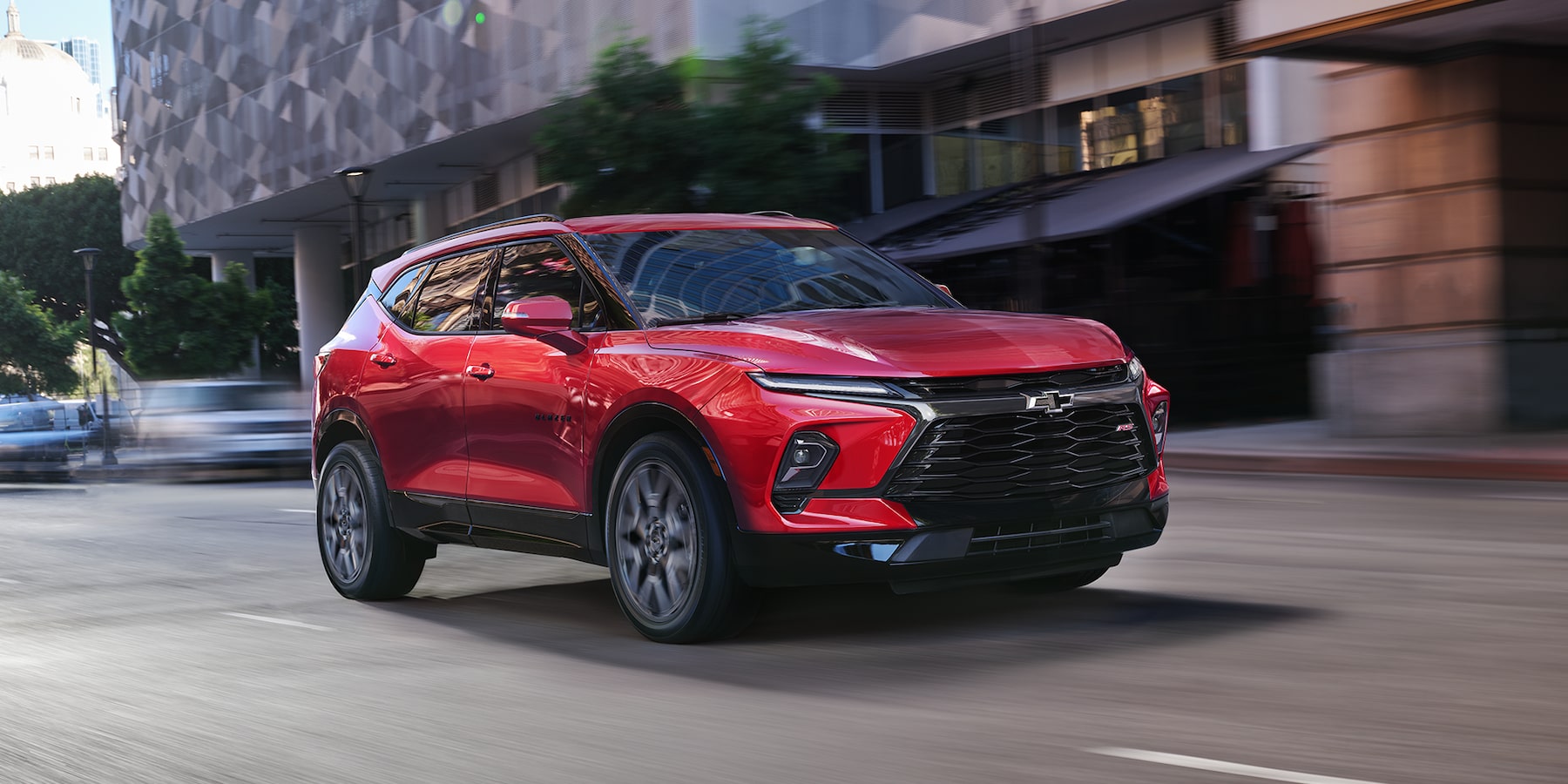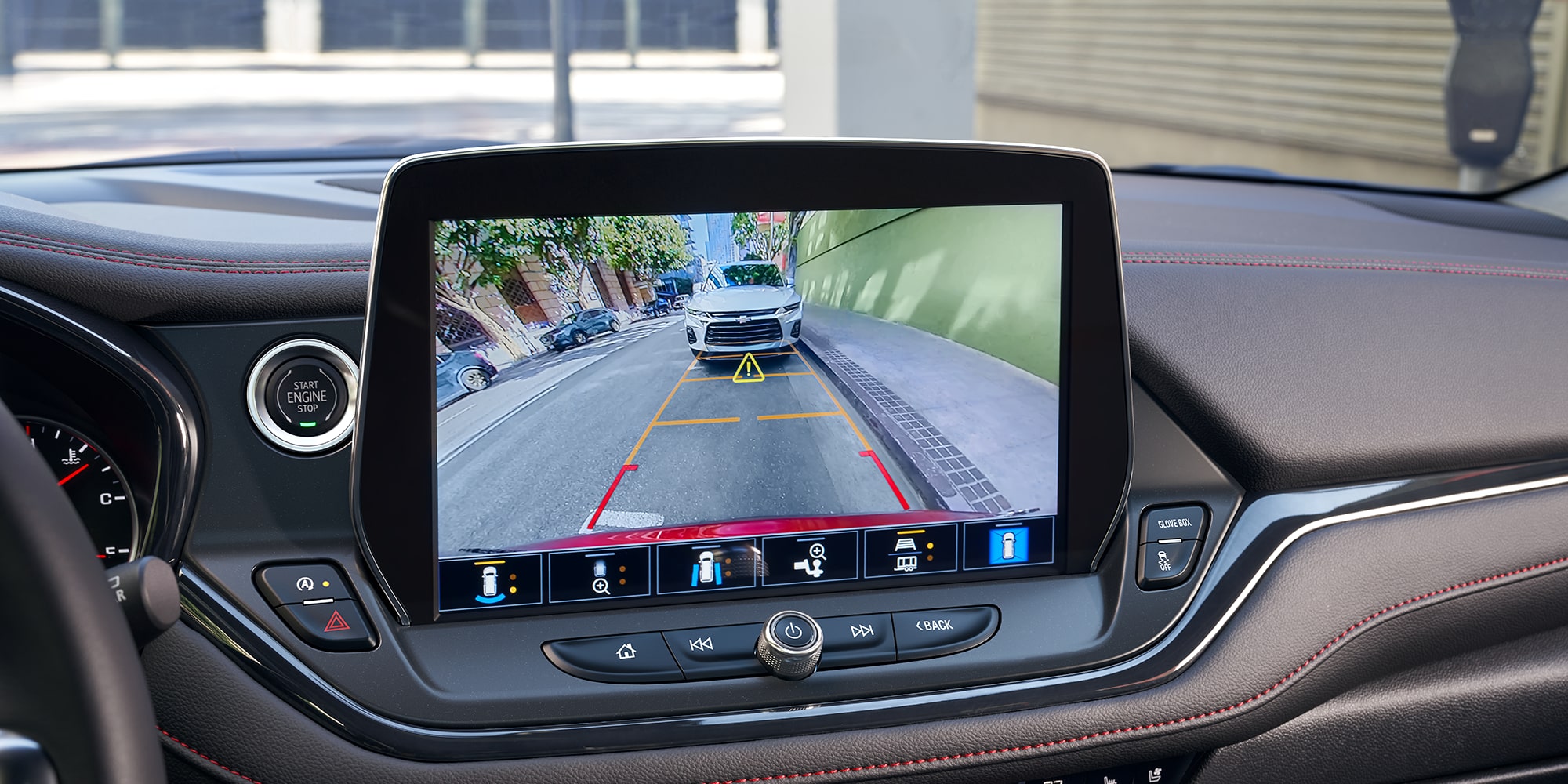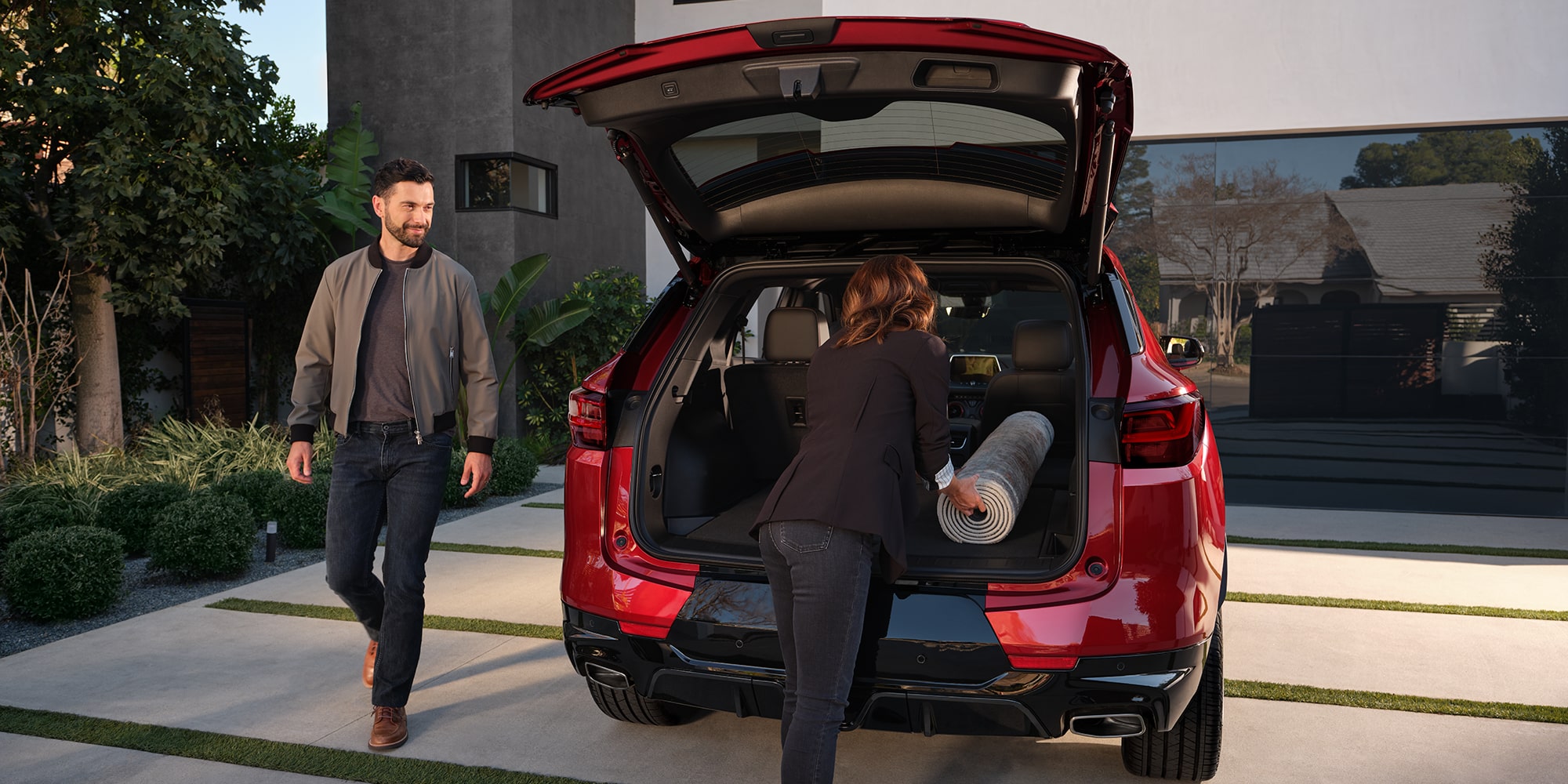Winter in Ohio brings its own set of challenges, particularly for drivers navigating the icy roads. To ensure your Chevrolet Blazer handles these conditions with ease, preparing your vehicle for the cold months ahead is crucial. As temperatures drop, this guide is tailored to provide you with some essential tips to protect your vehicle and improve your driving experience.
 â
â
Click here to explore and find the vehicle of your dreams.
Preparing Your Chevrolet Blazer for Winter
With the approaching winter season, it is crucial to ensure that your Chevrolet Blazer is fully prepared for the weather. In addition to engine oil and brake fluid, it is important to include antifreeze in your radiator. Choose a winter-grade oil that maintains its flow even in frigid conditions to ensure that your engine runs smoothly, regardless of the temperature outside. It is important to regularly check tire pressure, as cold air can decrease pressure and potentially affect the vehicle's handling and fuel efficiency.
We should also ensure your battery is ready for cold weather. To ensure reliable performance during cold starts, test your battery and replace it with one that offers higher cold cranking amps (CCA) if needed. These winter driving tips can be used to improve your driving experience in your Blazer:
1. Warm Up Your Car
As the snow blankets the streets of Aurora, and temperatures plummet, it’s tempting to jump straight into your Chevrolet Blazer and go. By warming up your car, it not only improves the efficiency of the heating system and clears your windshield, but it also creates a comfortable and safe driving environment, reducing stress and maintaining focus in cold weather. Ensuring that your engine reaches an optimal operating temperature before you start driving also reduces the wear and tear of the engine components and extends the overall life of your vehicle. Cold engines experience more friction between parts, and the oil is thicker and less effective until it warms up.
2. Drive Smoothly
Operate your Blazer smoothly, and avoid abrupt stops and sharp turns. When accelerating or decelerating, do it slowly and steadily. This reduces the risk of skidding or losing control of your vehicle on icy surfaces. Gentle maneuvers help to preserve the mechanical integrity of your vehicle over time, minimizing wear and tear from harsh winter conditions. Smooth driving also helps maintain traction, especially when roads are slick or covered in snow.
By maintaining a consistent speed and avoiding sudden changes, you reduce unnecessary fuel consumption. In fact, aggressive driving habits such as rapid acceleration and hard braking can lower your gas mileage by up to 33% on the highway and 5% in the city. Practicing gradual braking not only prevents skidding, but also ensures that your anti-lock braking system (ABS) can function optimally. The ABS is designed to prevent the wheels from locking up during braking, allowing you to maintain steering control. When you brake gradually, you give the ABS time to work effectively, enhancing your ability to stop safely on icy or snowy roads.
3. Stay Informed
Before you go out, use reliable weather and traffic apps like Waze and AccuWeather to receive real-time updates to increase your readiness for sudden weather changes. Avoid roads that are not well-maintained in winter, and be aware of current and forecast weather conditions. By listening to local news and weather reports, one can gain valuable insights into road conditions and closures. In addition to technology, consider keeping an emergency kit in your Blazer, including items like blankets, a flashlight, food, and water. This ensures you're prepared in case you get stranded or face long delays. By staying informed and prepared, you can make well-informed decisions that contribute to a safer and more confident driving experience in the challenging winter months.

Click here to find the latest accessories for your new Blazer this spring.
4. Know Your Vehicle’s Capabilities
Understanding how your Chevrolet Blazer handles in winter conditions is crucial for safe driving. Familiarize yourself with features like anti-lock brakes (ABS) and electronic stability control (ESC). These systems are designed to help maintain control during slippery conditions. ABS prevents the wheels from locking during braking, allowing you to maintain steering control, while ESC helps keep your vehicle stable during turns and sudden maneuvers.
To truly understand how your Blazer performs, practice in a safe, open environment, like an empty parking lot. This gives you a controlled setting to feel how your vehicle responds to slippery surfaces. Try gentle braking to feel the ABS in action, or make slow turns to see how the ESC keeps you on track. Your car's manual from Chevy often contains valuable tips tailored to your model for driving in the winter. For example, some vehicles have winter mode settings or tips on using engine brakes to maintain control on steep descents.
5. Avoid Using Cruise Control
In winter conditions, managing your speed manually is safer and gives you greater control over your vehicle, allowing you to react quickly to potential hazards. Cruise control is designed for maintaining a constant speed, but in icy or snowy conditions, this can be dangerous, as it may delay your reaction time. By keeping control over the throttle, you can adapt more readily to changing road conditions.
Direct control over acceleration and braking increases your ability to adapt to sudden changes in road conditions, such as black ice or unexpected snowfall. By staying engaged with your driving, you can better anticipate and react to other drivers’ actions, road obstructions, or wildlife. The Federal Highway Administration (FHWA) emphasizes the importance of driver vigilance in winter conditions, noting that maintaining manual control of your vehicle significantly reduces the risk of accidents. Unlike cruise control, which maintains a constant speed regardless of the surface, manual driving enables you to adjust your speed according to the road conditions, enhancing safety.
Ready for the Road: Winter Mastery
Ensure your vehicle is winter-ready by checking all fluids, making sure the heating system works, and switching to winter tires. Winter tires improve braking distances by up to 20% or more on snow and ice, according to Consumer Reports. By avoiding abrupt stops and sharp turns. Smooth, gradual maneuvers reduce skidding risks and help maintain control. Increase your following distance to at least eight to ten seconds, as advised by the National Safety Council. Using gentle acceleration and deceleration techniques not only helps maintain traction, but also conserves fuel, which is particularly useful during winter months when fuel efficiency can drop.
The American Automobile Association (AAA) emphasizes the importance of an emergency kit during winter travel, as it can take longer for help to arrive in severe weather. Keep an emergency kit in your Blazer, including blankets, a flashlight, food and water. Including a first-aid kit, jumper cables, and a shovel can also be extremely beneficial in emergency situations.

Click here for hours and directions to our showroom.
Conclusion
Driving your Chevrolet Blazer in winter doesn’t have to be a daunting task. Imagine setting out on a crisp winter morning, your Blazer’s engine purring smoothly because you’ve ensured it’s in peak condition. You’ve checked the fluids, verified the battery’s strength, and switched to winter tires, knowing they’ll improve braking distances by up to 20% on snow and ice. As you drive through the snow-covered streets, you are confident that your Blazer's advanced features, such as the anti-lock braking system and stability control, work seamlessly to ensure you maintain control even on the slickest roads. Following the National Safety Council’s advice, you increase your following distance to at least eight to ten seconds, reducing the risk of skidding and maintaining traction.
While you stay informed with reliable weather and traffic apps, and plan routes to avoid poorly maintained roads and hazards, such as black ice, your safety is further enhanced. By slowing down, maintaining a safe distance from other vehicles, and avoiding sudden maneuvers, that way you can significantly reduce the risk of accidents in winter conditions. For more tips on maintaining your vehicle and ensuring a safer driving experience, visit our website at Ganley Chevy Aurora.